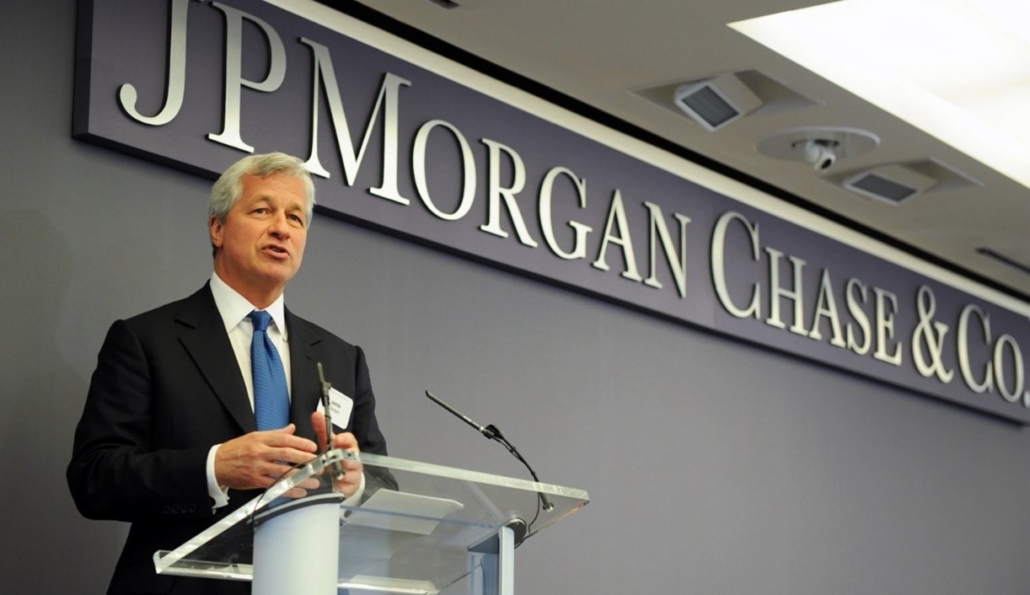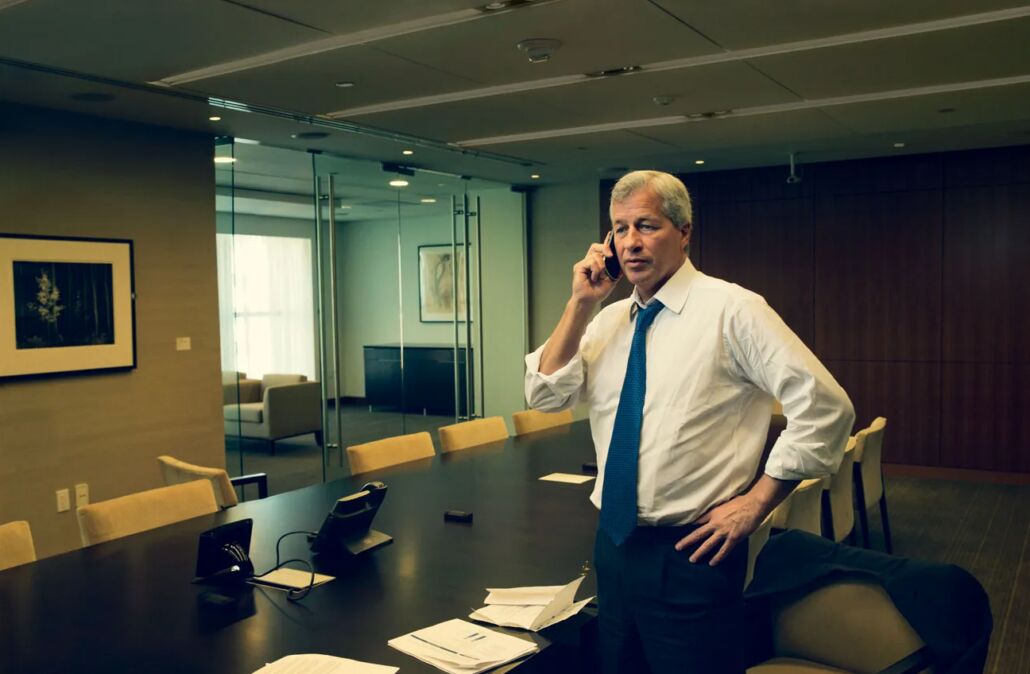Learnings from Last Man Standing: The Ascent of Jamie Dimon and JPMorgan Chase
Physics isn’t controversial. It’s guided by laws. Finance is different. It’s guided by people’s behaviors. During my recent vacation, I decided to balance my fiction reading with some non-fiction books (as any self-respecting finance enthusiast would!).
Jamie Dimon is a businessman and banker who has been Chairman & CEO of JPMorgan Chase – one of the largest American banks – since 2005. JPMorgan Chase was arguably the healthiest of the nine largest U.S. banks and the least scathed during the Global Financial Crisis. The bank was forced to accept the TARP (Troubled Asset Relief Program) funds by former Treasury Secretary Henry Paulson to help instill confidence in the financial sector.
Last Man Standing, by author Duff McDonald, provides readers a deep insight into the life and career progression of Jamie Dimon, his relationship with mentor Sandy Weill (& the subsequent falling out) along with the happenings of the financial markets in the early 1980s, 1990s, and 2000s leading up to the Global Financial Crisis of 2008-09 and the aftermath.
According to Voltaire: “History never repeats itself; man always does.” It applies so well to how we as individuals behave with money. Below are some of my key learnings from this book and my hope in sharing these is that we appreciate the importance of hard work, due diligence, consistency, commitment, and conviction – even when the world doesn’t favor you.
1. Due Diligence Matters
Whether you like Jamie Dimon or despise the man, the one thing you can’t deny is his insatiable appetite for detail. Whether it was pouring over financial details (for example: spending three hours or more every morning going through 50-page reports prepared for him by every division head) or having 8-hour operating committee meetings or working through an all-nighter weekend to finalize an M&A acquisition deal – Jamie Dimon was never afraid to get down & dirty and understand any business opportunity inside out. Throughout his career he has been a firm believer that every single risk one is taking can be broken down to its smallest components and therefore can be better understood. Asking tough questions and saying no is not an easy task even under usual circumstances, let alone when the fate of significant companies rests on your decision-making abilities.
(Alitis and our active investment management philosophy also focuses on a thorough and active due diligence approach. Our agile and flexible management style allows the Investment Committee to capture opportunities and be better prepared for them).
2. Strong Fundamentals are Significant
No matter what stage of his career Jamie Dimon was at, maintaining a strong balance sheet, expanding profit centres (either through growth or through acquisitions) and keeping strong control on the expenses were always some of his top priorities. This allowed him to maintain a strong & competitive organization when the right opportunities presented themselves, such as the merger of Bank One with JPMorgan Chase or the purchase of Bear Stearns by JPMorgan Chase. Jamie Dimon was able to act on these opportunities knowing that his company’s strong fundamentals made these deals make sense for the strategic direction in which JPMorgan Chase was headed. Strong fundamentals maintained by Jamie Dimon & JPMorgan also allowed them to be better prepared to execute these transactions properly & efficiently.
(This could be something we can all apply to our personal finances, especially in the current macroeconomic environment – do not take on too much debt, live within your means, be patient and thoughtful before deploying capital).
3. Focus on Long Term vs. Short Term
After graduating from Harvard, Jamie had two choices – making the most money (by accepting investment banking job offers from Goldman Sachs, Lehman Brothers or Morgan Stanley) or continuing on the fastest learning curve? Jamie did not take the easy way out and chose to work with Sandy Weill starting out as Weill’s assistant at American Express. Jamie decided to take the challenging option, knowing that he was investing in his own career and not limiting it from the onset (by selecting the investment banking route). Sandy and Jamie went on a learning adventure together to figure out how corporate America works and how a well diversified financial services company should be managed. This choice required discipline and patience, but it most certainly paid off in the long run for Jamie Dimon’s career (billionaire banker with an untainted reputation who is highly regarded in the financial industry, even by Warren Buffet!).
(As investors, we should also focus on the long-term. Yes, the markets have been tough over the last few months, but that doesn’t mean that what you are doing is wrong; it just means that currently there are external variables impacting the investment markets which are out of our control. As long as you trust the team of financial professionals that you work with and understand the basics, there is no need to panic and lose faith).
If you like the Learnings from Last Man Standing: The Ascent of Jamie Dimon and JPMorgan Chase or have any feedback, please let me know.
Thank you,
Apurva Parashar, MBA, CAIA, CIM®
Associate Portfolio Manager
Find the first article from this series here: https://www.alitis.ca/blog/learnings-from-a-random-walk-down-wall-street/
Buy the Book
If you would like to purchase a copy of Duff McDonald’s book, you can find it here:
OR
Disclaimers and Disclosures
- Book – Last Man Standing: The Ascent of Jamie Dimon and JPMorgan Chase by Duff McDonald
- I, Banker by Paul M. Barrett (https://tinyurl.com/25h467vj)
- The Ascent of Jamie Dimon | Last Man Standing (https://tinyurl.com/2s3ecp9c )
- Jamie Dimon (https://en.wikipedia.org/wiki/Jamie_Dimon)




